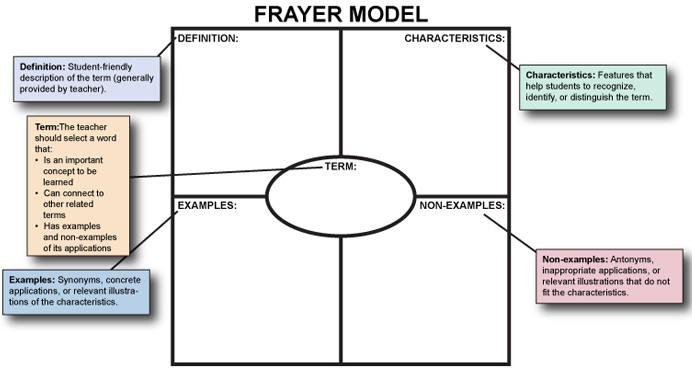Thinking Maps, also known as graphic organizers, are used in today's classrooms to develop critical thinking skills for students. Thinking Maps are visual tools used for organizing and structuring information about topics. In addition to that, they clarify communication, provide continuous cognitive development, encourage creativity, and give students a chance to reflect on a variety of subjects and topics.
There are an abundance of thinking maps an educator can use in their classroom! Each map having their own distinct use. For example, circle maps are used for defining, brainstorming, listing, identifying, and telling everything you know about a topic.
Here is an example of a map discussed above, a circle map used for the number 6:
The 8 Thinking Maps and their thinking process:
1. Bubble Map - describe qualities, using adjectives.
2. Double Bubble Map - compare and contrast, using similarities and differences.
3. Tree Map - classify, categorize, sort and/or group.
4. Brace Map - part-whole thinking process.
5. Flow Map - sequencing (of events).
6. Multi-Flow Map - cause and effect.
7. Bridge Map - viewing analogies.
Thinking Maps are used with the KWL Plus reading strategy, as a way to create and organize information about a topic. For example, students will use the KWL chart and brainstorm each component. What they know, want to know, and what they have learned. Before they get to the learned part, have them read the text. After they have read the text, they can then fill out the learned section of the chart.
As you probably already know, Thinking Maps are a great addition to any lesson! Enjoy folks!





